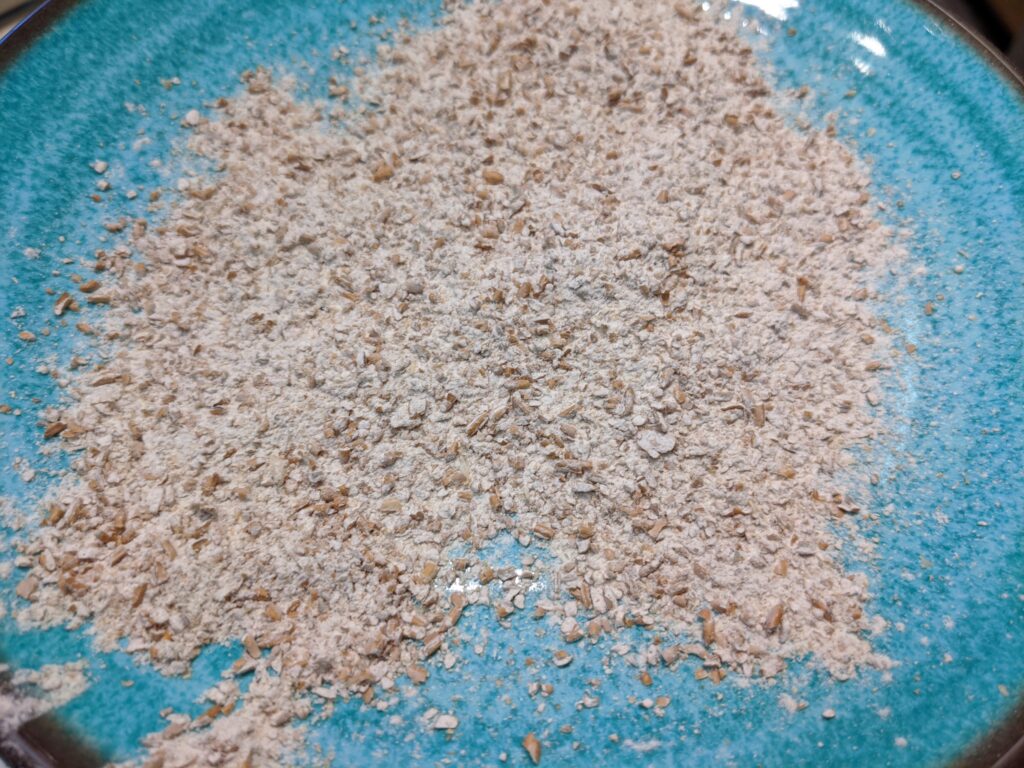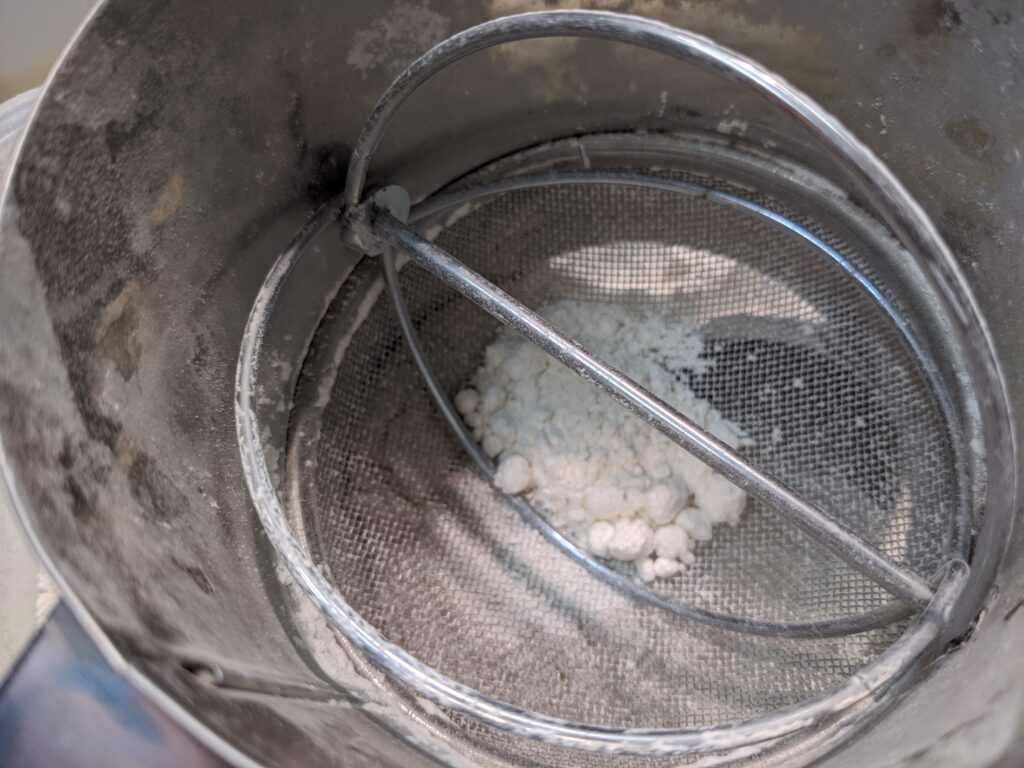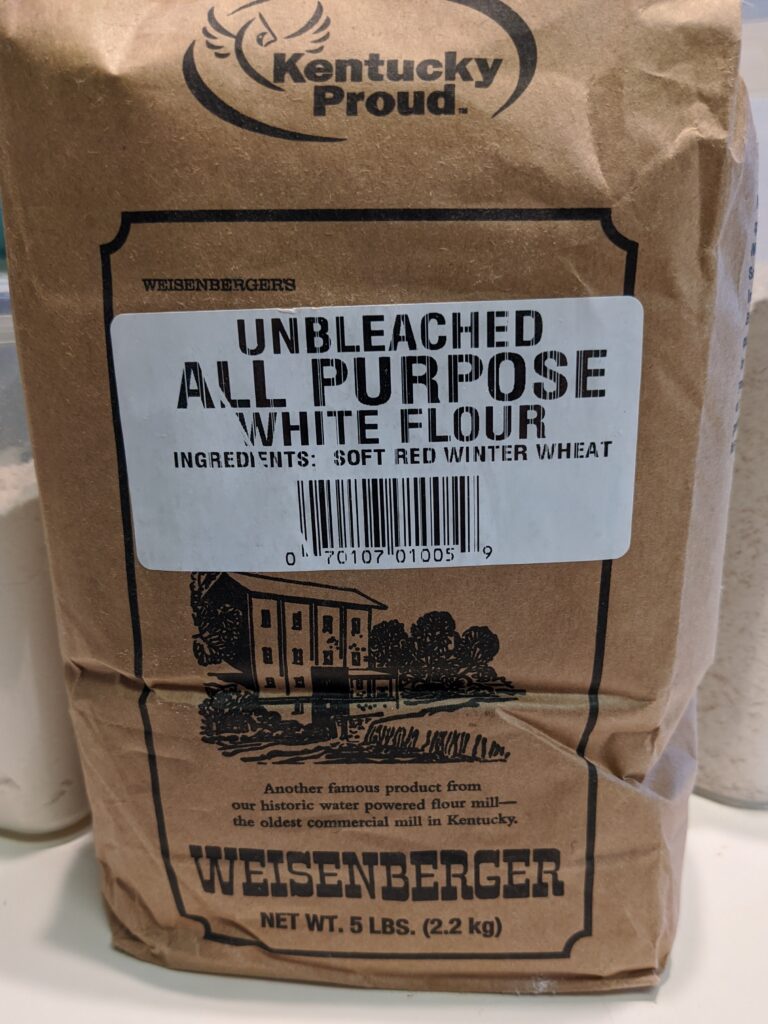To sift, or not to sift, that is the question…
Many recipes call for sifting flour, especially older recipes. Primarily, the purpose is to break up clumps, and to remove any larger particles or foreign material that may have escaped the bolting (sifting) process at the mill.

Today, most folks no longer see any need to sift flour. Primarily this is due to very good bolting, and the hard wheat used (especially in the US), which does not clump easily. And I certainly admit that I rarely sift AP flour I buy at the grocery store.

However, if you use softer flours like pastry flour or heritage flours, or maybe live in an area of the world where your standard flour is not all hard wheat, sifting really does serve a purpose. Softer grains do clump a bit, even when very dry. And sifting makes it much easier to incorporate the flour, especially in sauces and batters, without lumps forming. And of course, if you are buying heritage flours from heritage mills, the old-style bolting process may allow some larger fragments of bran or husk through.

And last of all, sifting can be a safety net. A few years ago I was making a batch of bread, using a newly opened package of bread flour from a modern brand. Unfortunately, at some point some moisture had gotten into the flour, and there were a fair number of hard “nuggets” of flour in the bag that I did not notice until I was mixing it into the dough. The clumps were hard enough that they were not breaking down, and I had to throw out the entire batch, and start over.
Prior to the mid-20th century, sifting your flour would have been common enough that kitchen furniture even had flour bins with sifters built in. https://en.wikipedia.org/wiki/Hoosier_cabinet#Features
More about types of flour: https://butterthesizeofanegg.com/on-types-of-flour/